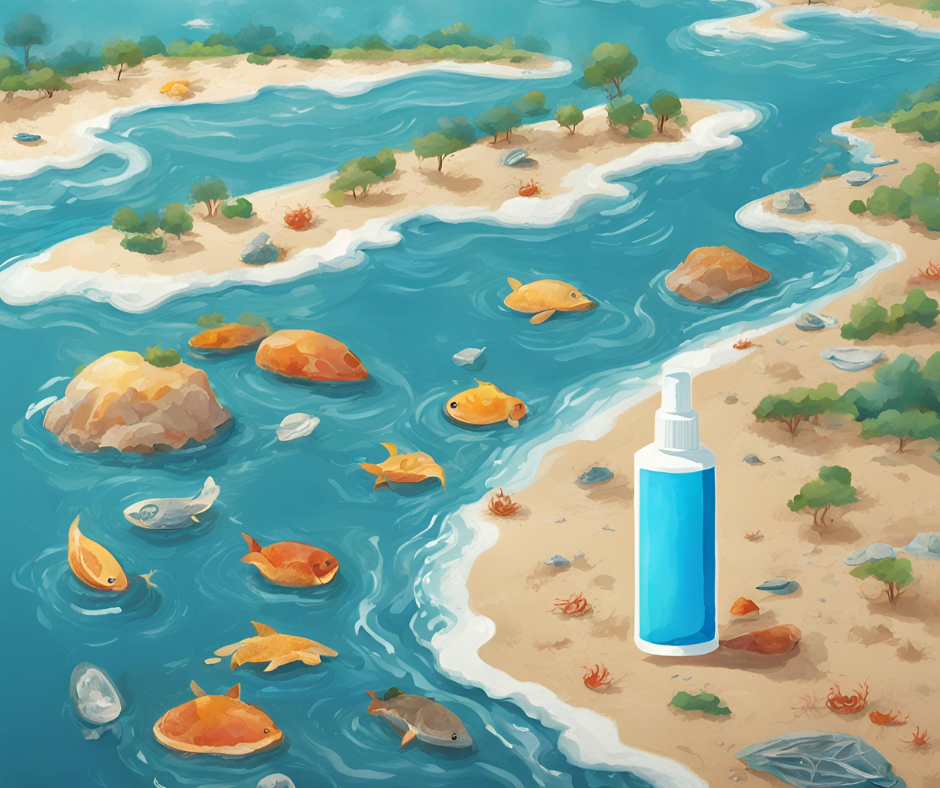“Every year, about 14,000 tonnes of sunscreen end up in the sea, and some of it is like an invitation to a coral bleaching party.”
Sunscreens, despite being our shields against UV rays, seem to have a ‘kryptonite’ effect on marine flora and fauna. When we dive in for a refreshing dip, some of these creams come off to join the underwater party, but not in the right way.
Chemical filters in sunscreens absorb UV rays and convert them into less harmful energy. However, some of these ingredients have negative impacts on the marine environment and are restricted in some countries.
Synthetic products cause damage to marine organisms, especially corals, contributing to reef ‘bleaching’ and hormonal imbalances.
Physical filters such as zinc oxide and un-nanononised titanium dioxide (in micro-coated ‘coated’ form, indicated on the label) are preferred because they reflect UV rays rather than absorb them.
This minimises the risk of allergic reactions and skin irritations; there is also a lower environmental impact than their chemical counterparts.
Titanium dioxide, which is widespread on Earth, has been examined for its use in foodstuffs and, according to the SCCS, is considered safe for human health when used as a UV filter at a maximum concentration of 25 per cent.
In parallel, the use of plant extracts such as hemp oil, alfalfa and laurel is gaining popularity in the production of cosmetics and sun creams.
In general, it is recommended to opt for sunscreens that are water-resistant, biodegradable and formulated with natural and organic ingredients.
Finally, the purchase of larger packages and the proper disposal of empty bottles are important practices to reduce plastic consumption and environmental damage.
Play for the Planet
